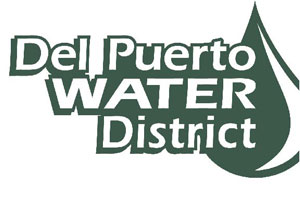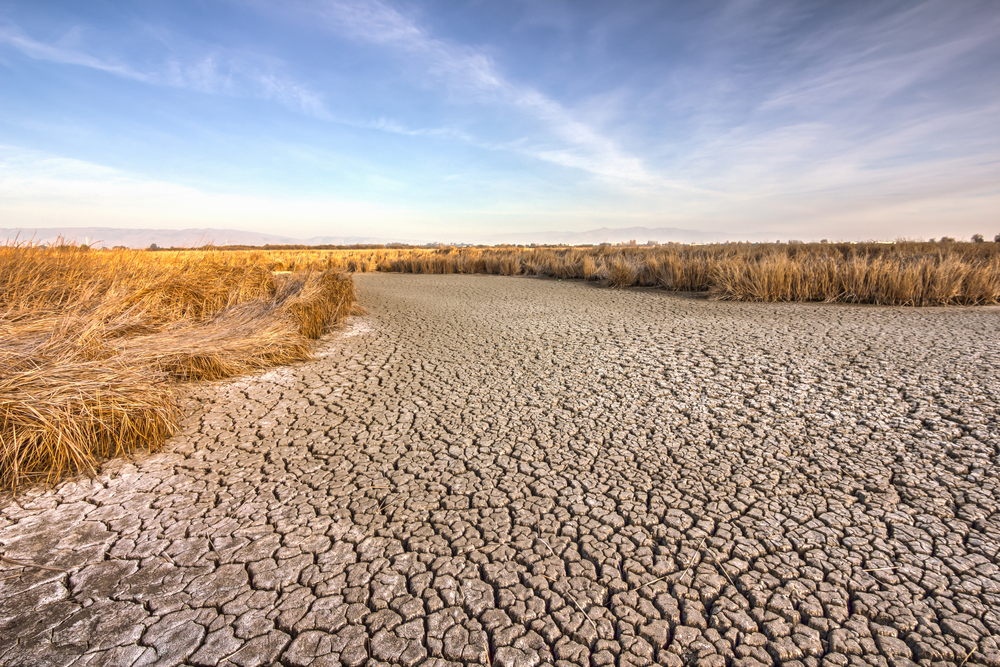Recycled Water Project for Water Stability, Part 1
North Valley Regional Recycled Water Program: A New Water Source for Valley Farmers
Part One of a Five-Part Series
By Brian German, Associate Editor
Anthea Hansen, general manager of the Patterson, Calif.-based Del Puerto Water District, described the exciting work to bring more water stability in the form of recycled water to multiple Central Valley cities—in our five-part series on the North Valley Regional Recycled Water Program (NVRRWP).
“After six and a half years of effort,” Hansen said, “we have fully completed all of our environmental documentation, and most of the permitting is in hand.” Recently, the partners have interviewed and selected the preferred firm to construct the Modesto component of the project, so that process is underway.”

“One of the biggest things that happened recently, a day we were all looking forward to,” noted Hansen, “is when the United States Department of the Interior, Bureau of Reclamation (Reclamation) executed the record of decision for our project, a document that supports not only the federal National Environmental Policy Act (NEPA) documentation but also the signing of a long-term contract. It will allow us to convey and store the recycled water in federal facilities,” she said, “and it will also support the sharing of a portion of the water with the wildlife refugees south of the Delta. That was a big milestone for our project.”
The cities of Turlock and Modesto will provide treated, recycled water to the Del Puerto Water District through a direct pipeline into the Delta-Mendota Canal. The district will then distribute that water to the agricultural customers within its service area.
After so many years already invested in the project, Hansen is excited the plan is coming together. “We worked lockstep with Reclamation for over three years,” Hansen said, “and we did some very extensive and thorough analysis. We had a great team and a good working relationship, and it looks like we are nearing the end of assembling all of the different pieces of this very complicated puzzle.”
_______________________
Resources:
North Valley Regional Recycled Water Program Map
Recycled Water Uses Allowed in California
The Citizen’s Guide to the National Environmental Policy Act
San Luis & Delta-Mendota Water Authority Member Agencies Map
_______________________
See also, “Recycled Wastewater Could Help Growers in Del Puerto Water District, June 9, 2015.












